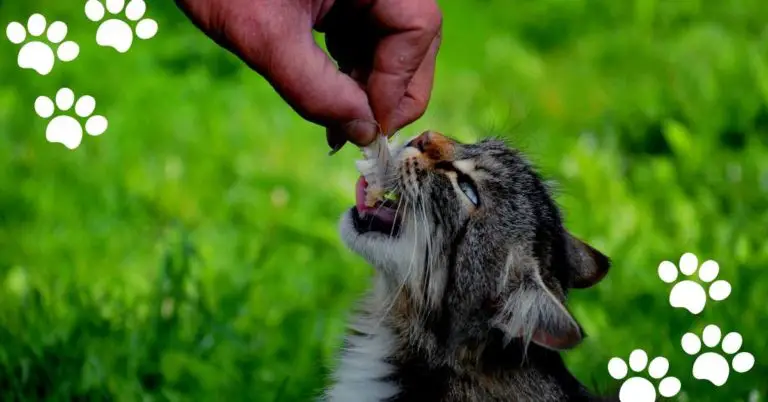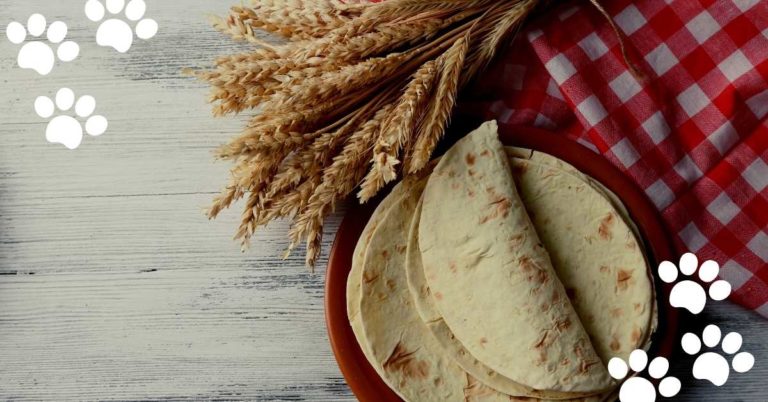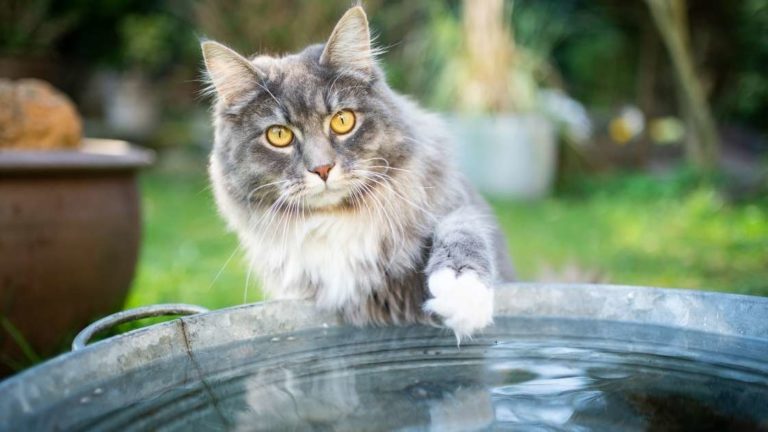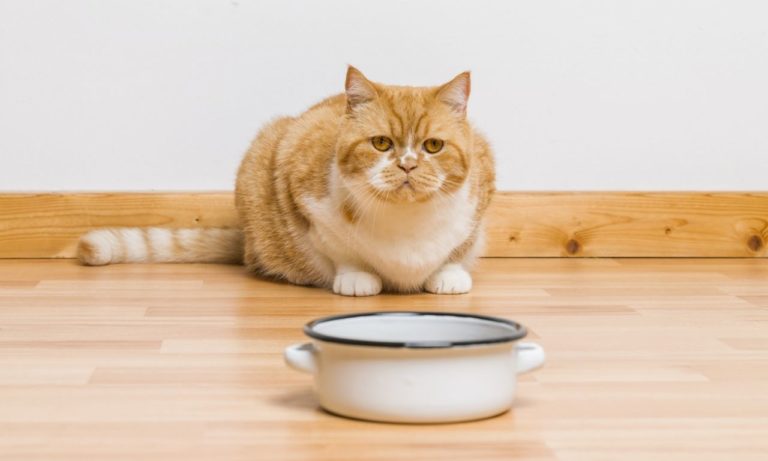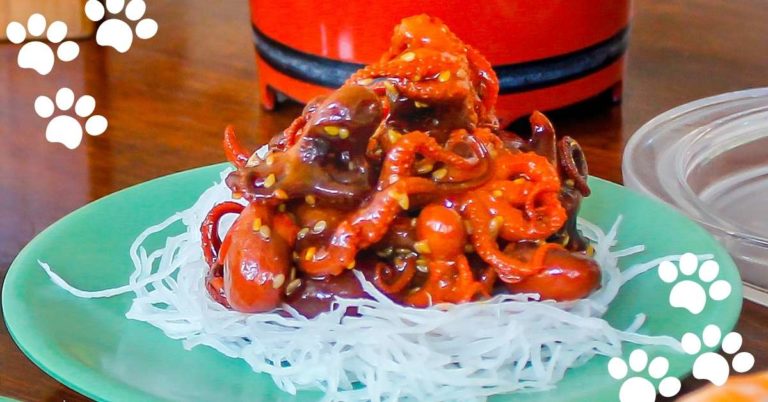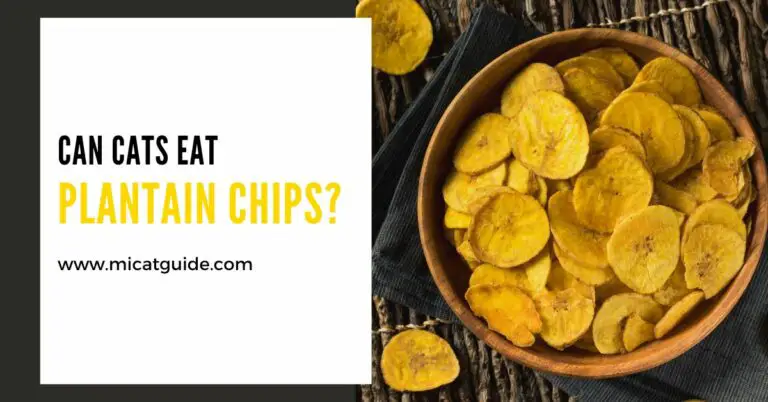Is Alocasia Toxic to Cats? (Symptoms & Treatments)
Yes, Alocasia plants are toxic to cats. All parts of the plant, including leaves, stems, and rhizomes contain calcium oxalate crystals, which are poisonous to felines.
Ingestion of the plant may lead to severe vomiting, drooling, diarrhea, and even death in some cases. Owners should take extra care to keep cats away from Alocasia plants, and make sure that any cats in the household are not able to access the plants.
Here in this blog post, I’ll break down all the information you need to know about Alocasia toxicity in cats, including symptoms of poisoning and what to do if your cat ingests the plant. Knowing what to do can help you keep your beloved pet safe and healthy!
Why Alocasia is Toxic to Cats? (Explained)

I know what you’re thinking: why on earth is Alocasia toxic to cats? Well, the answer lies in its makeup. Here’s why.
1. Contain Calcium Oxalate Crystals
Yes, Alocasia plants contain calcium oxalate crystals, which are toxic to cats. These crystals can irritate the lining of your pet’s stomach and intestines, which can lead to nausea, vomiting, and other uncomfortable symptoms.
A study published in the journal BMC Veterinary Research in 2017, found that all of the cats who ate Alocasia developed clinical signs of toxicity, such as vomiting and diarrhea. The study also found that the calcium oxalate crystals in Alocasia can cause severe damage to the kidneys and even lead to kidney failure.
2. Not Readily Metabolized
Unlike some other plant toxins, the calcium oxalate crystals in Alocasia are not readily metabolized by cats. This means that they can’t quickly break down the toxin and get rid of it, as they can with some other plant toxins.
Instead, the crystals remain in their system for a longer period of time, causing more damage to their stomachs and intestines.
3. Irritates The Mouth
The calcium oxalate crystals in Alocasia can also irritate the mouth and other sensitive tissues. This irritation leads to drooling, difficulty swallowing, and even pawing at the mouth. In some cases, these crystals can also lead to more serious symptoms such as swelling of the tongue, difficulty breathing, and even death.
Interesting Read: Are Arrowhead Plants Toxic to Cats?
What are The Symptoms of Alocasia Poisoning?

Symptoms of Alocasia poisoning in cats can include excessive drooling, vomiting, and difficulty swallowing. Cats that have ingested this plant may also experience weakness, tremors, seizures, and respiratory distress.
There have been several studies conducted on the effects of Alocasia on cats. One study, published in the “Journal of Feline Medicine and Surgery“, found that out of 34 cats that ingested Alocasia, 29 developed clinical signs of poisoning and 21 died.
Another study, published in “Veterinary and Human Toxicology”, found that out of 15 cats that ingested Alocasia, 14 developed clinical signs of poisoning and nine died.
You can also read: Is Aglaonema Toxic to Cats?
Do Cats Love to Eat Alocasia?

Cats are curious creatures, and they often like to nibble on plants. This can be a problem for owners of houseplants, as many common varieties are toxic to cats. Alocasia is one such plant, and it is commonly known as the “elephant’s ear” due to its large, hearty leaves.
Despite its toxicity, some cats seem to be attracted to the taste of Alocasia. They may chew on the leaves or even eat them outright. In most cases, this will not cause any serious health problems, but it can lead to nausea and vomiting.
If your cat enjoys eating Alocasia, it is best to keep the plant out of reach or choose a variety that is safe for cats. Either way, you can rest assured that your feline friend is unlikely to develop a taste for this particular plant.
What to Do If Cats Eat Alocasia?

If you’re straight scrolled down this blog post and your cat has already eaten Alocasia, don’t panic! Here I’ll show you what to do if your cat has ingested this plant.
1. Take Your Cat To The Vet Immediately
I know it’s tempting to wait and see if your cat will be okay, but don’t do it. It’s important to take your cat to the vet as soon as possible so they can get the proper diagnosis and treatment.
2. Follow Your Vet’s Instructions
Once at the vet, they’ll likely give you specific instructions on how to care for your pet. Make sure to follow these instructions carefully, as any misstep could lead to more serious complications.
3. Stay Calm
It’s important to stay calm during this time, as your cat will need all the love and support they can get. Remember that cats are resilient creatures, so there is still a chance they may pull through with the proper care.
4. Monitor Your Cat Closely
Finally, once you’ve taken your cat to the vet and they’re back home, it’s important to monitor them closely over the next few days. Make sure they are eating and drinking normally and that their symptoms haven’t worsened or changed in any way.
Treatment of Alocasia Poisoning in Cats

If your cat has ingested Alocasia, the vet will likely recommend a course of treatment to help them recover. Here are some of the most common treatments for Alocasia poisoning in cats:
a. Activated Charcoal
This substance is used to absorb any remaining toxins in the cat’s system, helping to reduce their symptoms.
b. Oxygen Therapy
This treatment helps cats who are having difficulty breathing due to Alocasia poisoning. The vet will give your cat oxygen through a mask to help them breathe more easily.
c. Fluid Therapy
Fluid therapy is often used to treat dehydration caused by vomiting and diarrhea due to the toxin exposure. This helps rehydrate your cat and flush out any remaining toxins in their system.
d. Medications
The vet may prescribe certain medications to help reduce nausea and vomiting, as well as control seizures or tremors that may occur from the poisoning.
e. Nutritional Support
Finally, nutritional support is often recommended to help cats recover from Alocasia poisoning. This may include giving your cat high-calorie foods and vitamins to help them regain their strength.
Preventing Alocasia Poisoning in Cats

From my experience, the best way to prevent Alocasia poisoning in cats is to keep them away from plants containing this toxin. Here are some tips to help you do this:
1. Keep Plants Out of Reach
Make sure to keep any plants that contain Alocasia out of reach of your cats. This includes keeping them off counters or shelves, and away from windows that cats may be able to climb up to.
Here I’ll also suggest that you keep your plants in a locked cabinet or room, as this will help prevent curious cats from getting into them.
2. Train Your Cats
If you can’t remove the Alocasia plants from your home, train your cats to stay away from any toxic plants. Use positive reinforcement techniques such as treats and praise when they stay away from the plants, and provide them with plenty of other things to do so they don’t get bored and start exploring.
3. Supervise Your Cats When Outdoors
Finally, if you let your cats outdoors, make sure to keep an eye on them at all times. There may be Alocasia plants in your neighbor’s gardens or nearby fields, so it’s important to monitor your cats when they’re outside.
My Final Thoughts
Alocasia poisoning in cats is a serious condition that can be life-threatening if not treated quickly and properly. If you think your cat has been exposed to this toxin, take them to the vet immediately for diagnosis and treatment.
Make sure to keep Alocasia plants out of reach of your cats and supervise them when they are outdoors. Following these steps can help ensure that your cat stays safe and healthy.
With the right care and attention, your cat can make a full recovery from Alocasia poisoning. Take the time to educate yourself on this condition so you can better protect your pet in the future.
Good luck!

